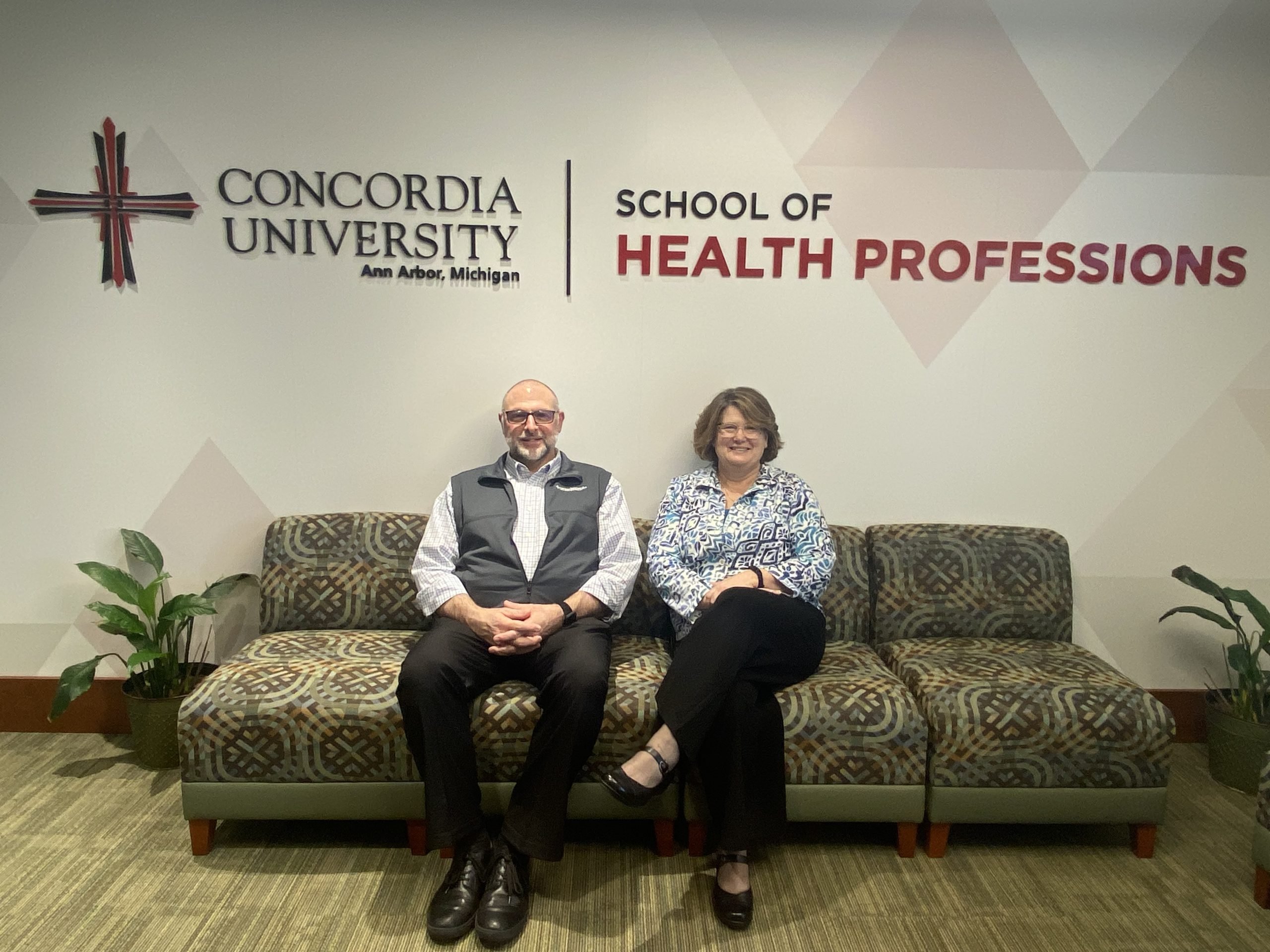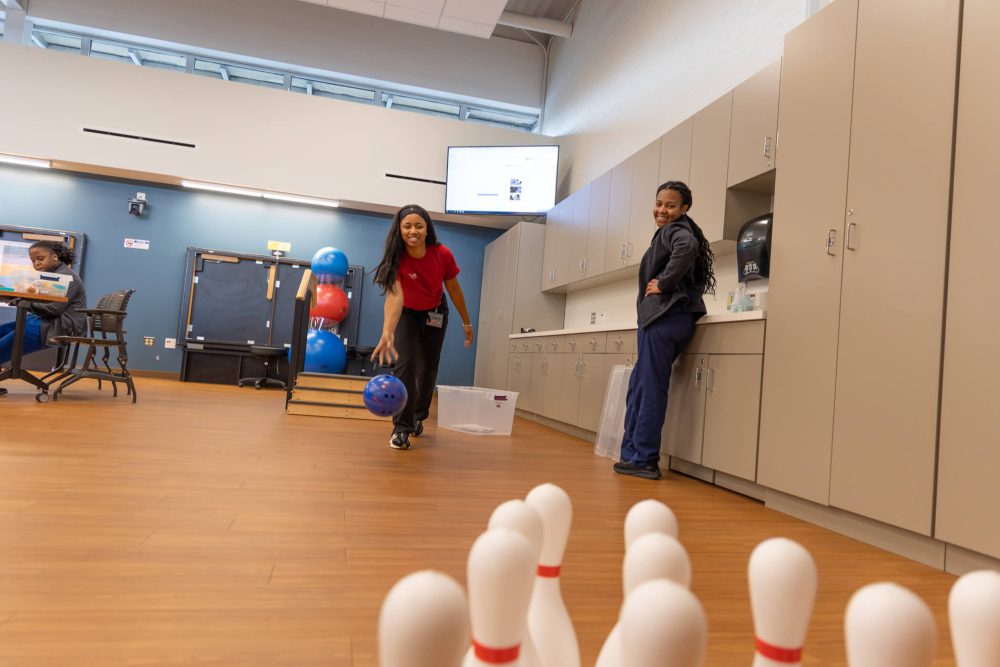
CUAA offers distinct yet collaborative doctorate programs in Occupational Therapy (OT) and Physical Therapy (PT), focusing on enhancing life quality by addressing movement and function comprehensively.
Concordia University Ann Arbor offers two vital doctorate programs in fields that often work hand in hand, yet whose unique contributions can be a source of confusion: Occupational Therapy (OT) and Physical Therapy (PT). It is time to dive deep into the differences and similarities between OT and PT by shedding light on their individual focuses, collaborative efforts, and shared goal of enhancing quality of life for the patient.
Understanding the Foundations
Physical Therapy
When thinking about PT, most people think of rehab for athletes. This is part of PT, to be sure, but there is more to it than just that. PT focuses on restoring general movement principles and bringing patients back to their prior level of function. PT can even address cardio-pulmonary function, exercise physiology, and wound care.
As Dr. Bob Frampton, CUAA’s Director of Physical Therapy, explained, “PT covers movement function from birth to death and everything in between.”
Occupational Therapy
OT, on the other hand, delves in the intricacies of restoring function in daily life occupations. The term “occupation” is broadened to include not only work-related activities but also personal and recreational pursuits. The goal of OT is to help individuals regain independence in meaningful routines and activities, going beyond basic mobility to encompass things like fine motor skills, cognition, and sensory processing, and how these all interact with the nuances of daily life.
Dr. Juliane Chreston, CUAA’s Director of Occupational Therapy, put it this way: “We work with people across the lifespan and in a variety of settings to engage in the activities that are meaningful for them.”
Working in Harmony
While there is a distinct focus in each field, practitioners in PT and OT often find themselves working collaboratively. Physical Therapy lays the foundation by addressing general movement and function, while Occupational Therapy steps in to refine and tailor these skills to specific occupations and daily life.
“Physical therapists will be able to help you stand at the stove and reach around while you cook,” Frampton explained. “But we don’t look at the nuisances and break down all the actual movements it will take to actually cook like an occupational therapist can do.”
The overlapping nature of these professions can lead to confusion. In outpatient settings, you might encounter PT more prominently, but the absence of OT doesn’t negate its potential benefit. It’s crucial to recognize that the collaboration between these disciplines ensures a comprehensive approach to holistic care.
“Sometimes that puts us (OT) in a competitive place with PT and there is no need for that because we work together frequently in a lot of settings; a patient will see us both,” Chreston said. “Frequently, a patient has a complexity that needs both of us and if we can identify the overlap then that really helps.”

Challenges
One significant challenge is that even doctors sometimes do not fully understand the distinctions between PT and OT. This can influence referrals, potentially leading patients to one profession while the other might be more appropriate for their needs.
“The majority of occupational therapists and physical therapists in clinical practices are very familiar with their practice and scope,” Frampton said. “So when a patient is referred incorrectly they will make sure the patient will get to where they need to go.”
Why Choose OT or PT?
What sets PT and OT apart is therapists’ unique opportunity to develop deep, lasting relationships with their patients. Unlike some healthcare professions, therapists in these fields often work closely with individuals over extended periods, fostering connections that go beyond the clinical setting.
“Many people do not understand when they say they want to be a pediatrician, to work with children, they may only a get a few moments with each patient,” Chreston said. “Meanwhile, occupational and physical therapists get to work with children for an entire hour on a skill. They also get the opportunity to really know the child and family.”
Advice for Future Therapists
As the general population ages, the demand for both professions will only rise. Recognition of the need for these services must start early, with prospective healthcare professionals gaining a clear understanding of the differences and the collaborative potential between the two.
This can all happen during high school with a solid foundation in science, followed by the undergraduate college years, which should focus not only on scientific knowledge but also on developing a well-rounded, liberal arts education. Both professions value a multifaceted approach, emphasizing connections with patients on physical, emotional, and even spiritual levels.
“Some key skills you should possess are compassion and empathy—along with being a good problem solver—because we are dealing with individuals,” Frampton explained. “Even though we understand the physiology of the body, every body is different. Nobody functions the exact same way, so sometimes we are faced with challenges where ‘this is supposed to be working like this, but it is not.'”
Physical therapy and occupational therapy play distinct yet complementary roles in the journey to wellness. Understanding the differences and appreciating the collaborative spirit between PT and OT is key to navigating the path to holistic well-being.
Want in?
CUAA’s Occupational Therapy Doctorate program equips you to enhance lives across all ages using everyday activities as therapeutic tools. Engage in diverse clinical and community experiences, providing individual and group treatments for both pediatric and adult populations. At CUAA, we nurture exceptional OT professionals prepared to serve their communities and clients uniquely.
Our commitment is to cultivate healthcare professionals grounded in movement science, ready for safe, autonomous, and ethical practice as physical therapists amidst a dynamic healthcare landscape. In this program, our faculty inspires a diverse student body for a lifelong dedication to serving patients holistically—mind, body, and spirit—based on evidence and best practices in rehabilitation and medicine.
—This story is written by Keara Chaperon, Social Media Manager for Concordia University Ann Arbor and Concordia University Wisconsin. She may be reached at keara.chaperon@cuaa.edu.